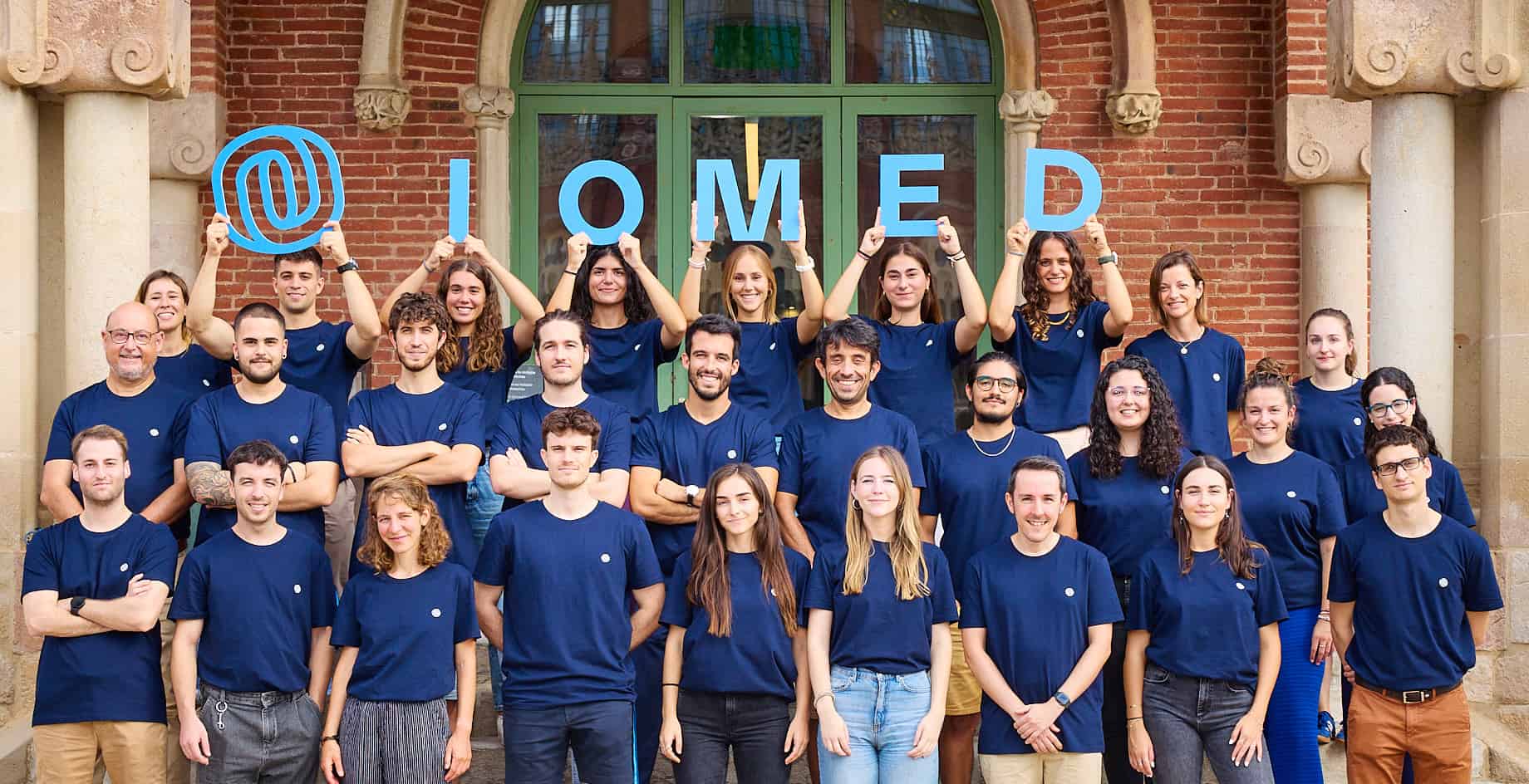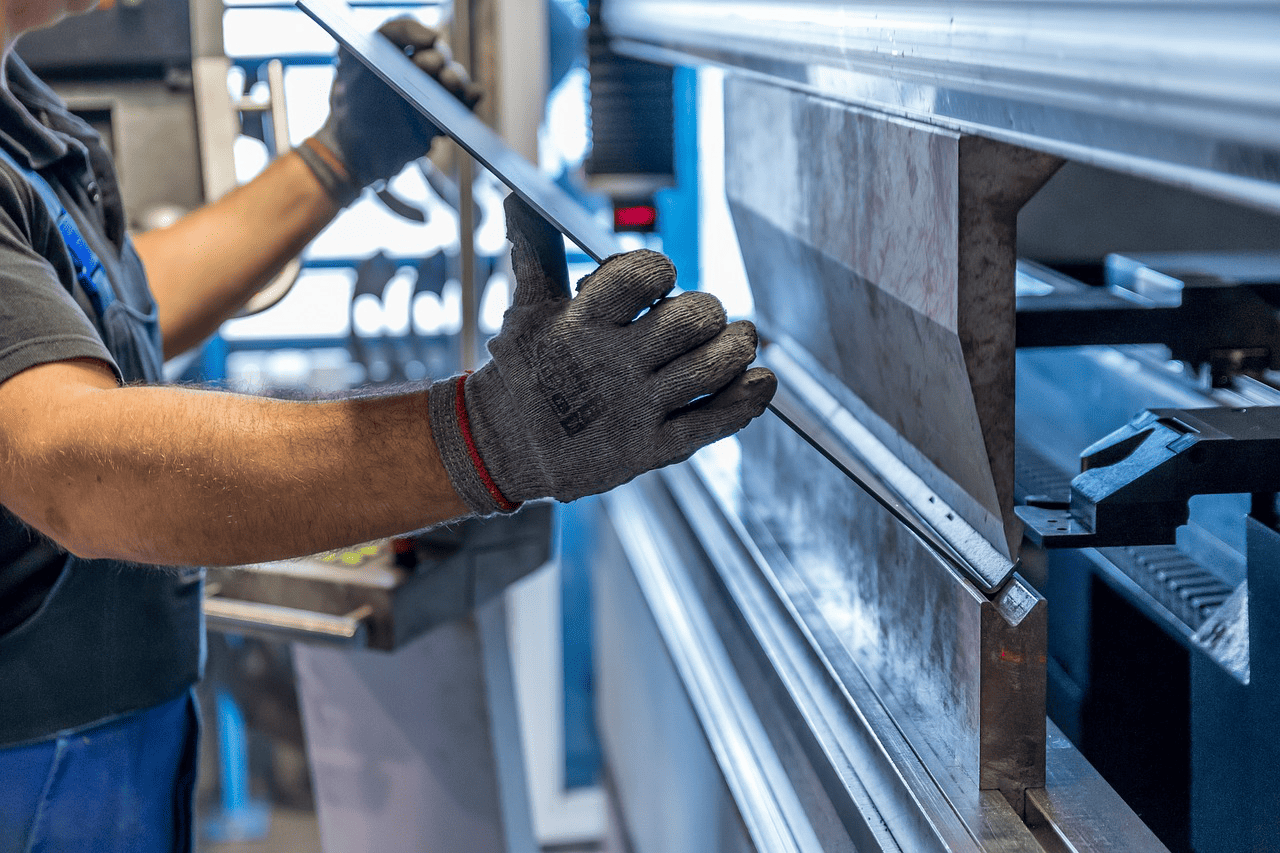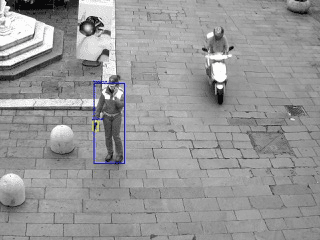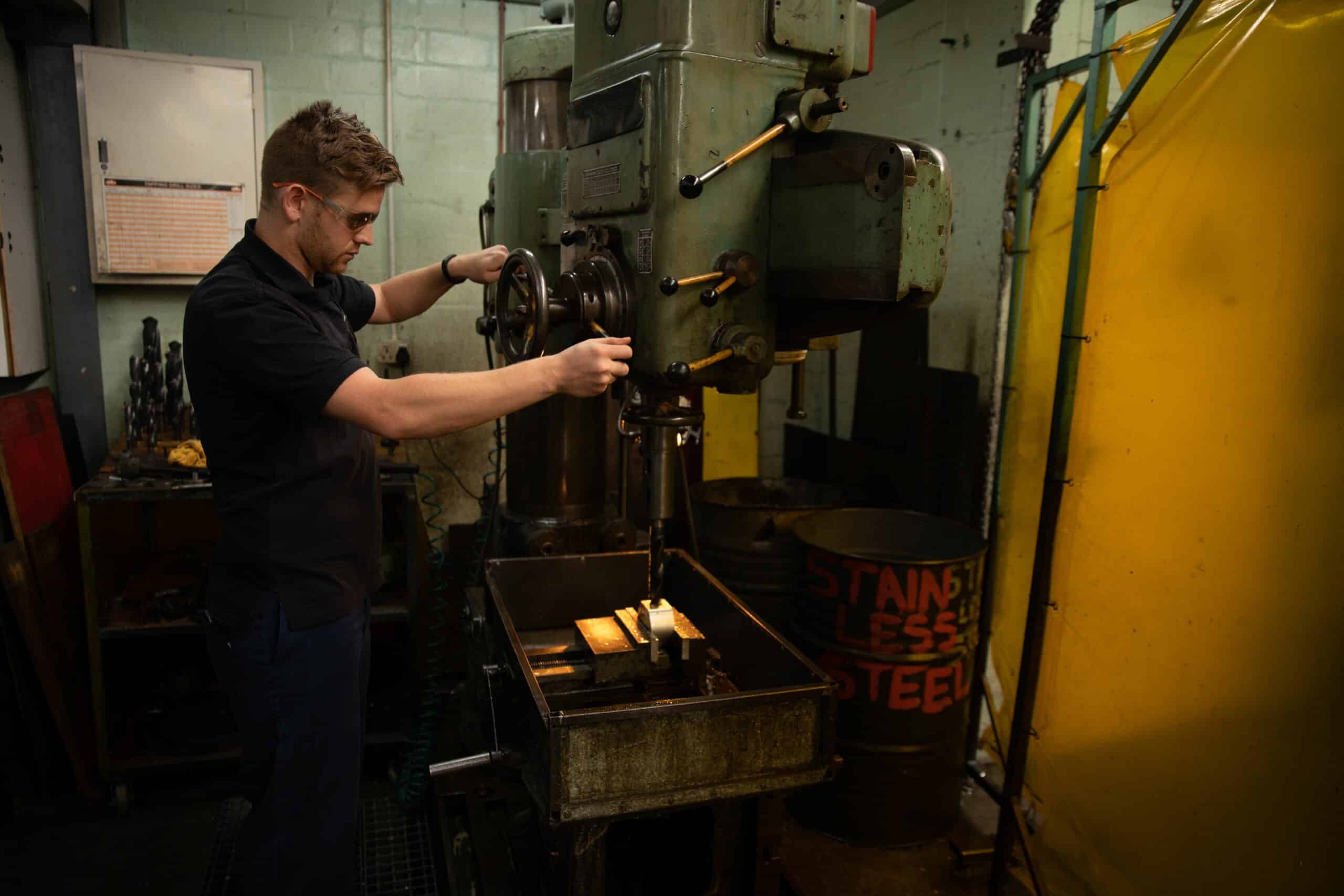
About Vibes
- Founders: Matteo Pozzi, Luca Sanson, Cesare Vicentini.
- Founded in: 2021
- Employees: 5
- Money raised: €300,000 from private and public investment.
- Ultimate goal: Becoming the leading brand for checking the reliability of machinery.
Vibrations can tell a lot about the status of machinery and its components. Vibes is a new company that is convinced that a lot of information can be derived by measuring the frequencies of vibrations. The Italian start-up has designed sensor technology to detect vibrations and integrates it with machine learning algorithms. The system analyzes the data and helps detect malfunctions of parts before they occur. Matteo Pozzi is Vibes’ chief technical officer and spoke with Innovation Origins for this instalment of the start-up of the day series.
How does the technology of Vibes work?
“Today, most sensors on the market measure the intensity of vibrations using a scale, but they are quite inaccurate. More developed sensors can create a spectrogram of the vibrations, similar to a musical score, which makes it easy to reconstruct the rhythm. This provides an overview of what is happening, which can be passed on to artificial intelligence.
We have patented our own proprietary technology in addition to the systems currently available. The uniqueness of the Vibes detection system is its ability to detect each frequency band and the angle of arrival of that particular vibration. This makes a difference when the machines have identical parts because it allows us to determine which part is producing the vibration. Moreover, we can do more. For example, we can filter out only those vibrations that come from a specific part of the machine. Algorithms can perform even better in those use cases.”
How do you integrate sensors?
“It depends on each use case. Magnets or screws are the main options, but we take the time to find the best solution for each customer. We decide how many of them should be used, where they should be placed, and so on.”
How did you come up with the idea?
“Vibes was born out of previous experiences of some of the co-founders. In the past, we have worked on several applications involving sensors for vibration analysis, where we noticed its undervalued potential. We began to believe in this technology when an intern at my engineering firm was looking for a research subject for his thesis. That’s when we decided to study vibration in more depth.
The measuring was done before and after the repairs, as a way to compare the differences. By analyzing the data in the lab, we were able to get several useful pieces of information about a particular device. It was at that moment we understood that it could turn into a promising project.”
What are the advantages of your technology?
“The most important thing is that you will have more robust and reliable machinery. Often companies decide to renew their equipment so that they have a backup in the case of a breakdown. They need to maintain productivity. But this also means a doubling of costs. With the technology from Vibes, they can reduce the number of breakdowns because these breakdowns can be predicted. This allows companies to order spare parts in advance and carry out more accurate predictive maintenance because they know in advance what is going to break down. That way, they don’t have to spend any more money than necessary.
Moreover, conventional maintenance work often installs new parts even if they are not yet at the end of their service life. This is similar to certain car parts, such as the engine belt. These need to be replaced after a certain number of kilometers, but could perhaps run even longer. Our sensors push these limits while maintaining safety and knowing in advance if that element is in danger of breaking down.”
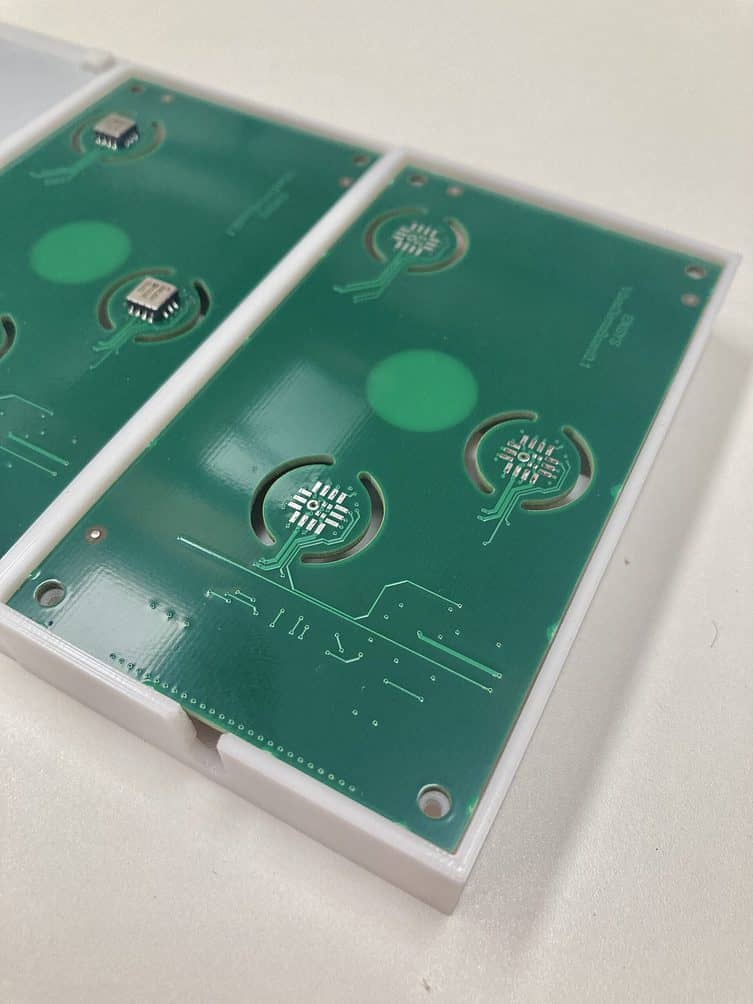

What applications are you focusing on?
“Potentially, our sensors can be applied to any device that emits vibrations. At the moment, we are focusing on industrial applications, which is already a broad field to work in. What’s more, we are also able to diagnose vibrations from electronic components, not only mechanical ones. Although they don’t have moving parts, they still produce vibrations, which provide insights on the status of a circuit board, for instance.”
What other features will you start using?
“On the hardware side, we could integrate more sensors. For example, sensors for detecting volatile compounds, such as burnt oil. Detection of electricity usage is another parameter that can tell if an engine is in perfect working order. Moreover, the detection of electromagnetic radiation helps detect other potential malfunctions. As for the software, we want to develop more algorithms in order to track as many devices as possible.”




